Muhammad Mohsin
Real-Time Detection of Electronic Components in Waste Printed Circuit Boards: A Transformer-Based Approach
Sep 24, 2024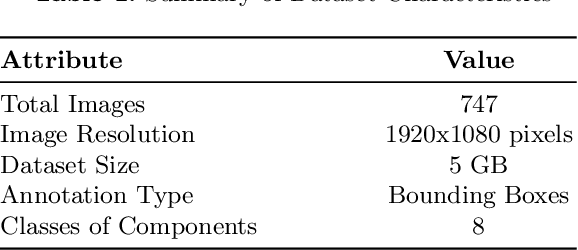

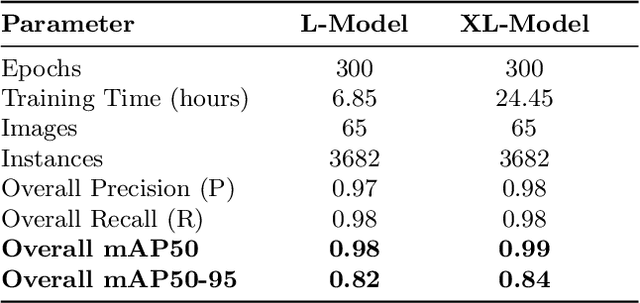
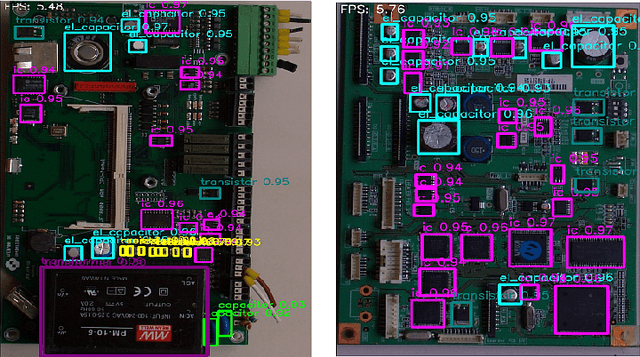
Abstract:Critical Raw Materials (CRMs) such as copper, manganese, gallium, and various rare earths have great importance for the electronic industry. To increase the concentration of individual CRMs and thus make their extraction from Waste Printed Circuit Boards (WPCBs) convenient, we have proposed a practical approach that involves selective disassembling of the different types of electronic components from WPCBs using mechatronic systems guided by artificial vision techniques. In this paper we evaluate the real-time accuracy of electronic component detection and localization of the Real-Time DEtection TRansformer model architecture. Transformers have recently become very popular for the extraordinary results obtained in natural language processing and machine translation. Also in this case, the transformer model achieves very good performances, often superior to those of the latest state of the art object detection and localization models YOLOv8 and YOLOv9.
Virtual Mines -- Component-level recycling of printed circuit boards using deep learning
Jun 24, 2024Abstract:This contribution gives an overview of an ongoing project using machine learning and computer vision components for improving the electronic waste recycling process. In circular economy, the "virtual mines" concept refers to production cycles where interesting raw materials are reclaimed in an efficient and cost-effective manner from end-of-life items. In particular, the growth of e-waste, due to the increasingly shorter life cycle of hi-tech goods, is a global problem. In this paper, we describe a pipeline based on deep learning model to recycle printed circuit boards at the component level. A pre-trained YOLOv5 model is used to analyze the results of the locally developed dataset. With a different distribution of class instances, YOLOv5 managed to achieve satisfactory precision and recall, with the ability to optimize with large component instances.
Measuring the Recyclability of Electronic Components to Assist Automatic Disassembly and Sorting Waste Printed Circuit Boards
Jun 24, 2024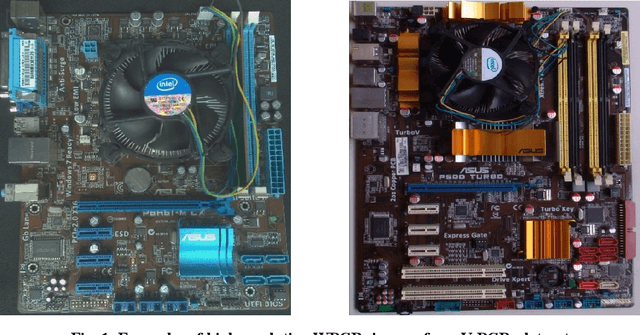
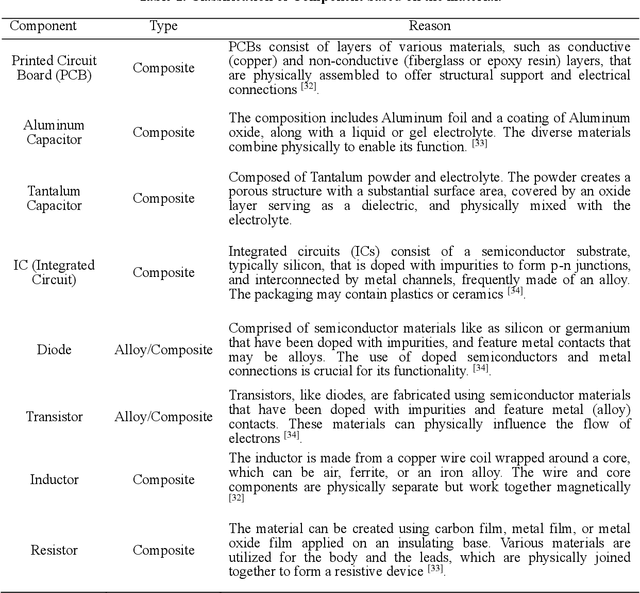


Abstract:The waste of electrical and electronic equipment has been increased due to the fast evolution of technology products and competition of many IT sectors. Every year millions of tons of electronic waste are thrown into the environment which causes high consequences for human health. Therefore, it is crucial to control this waste flow using technology, especially using Artificial Intelligence but also reclamation of critical raw materials for new production processes. In this paper, we focused on the measurement of recyclability of waste electronic components (WECs) from waste printed circuit boards (WPCBs) using mathematical innovation model. This innovative approach evaluates both the recyclability and recycling difficulties of WECs, integrating an AI model for improved disassembly and sorting. Assessing the recyclability of individual electronic components present on WPCBs provides insight into the recovery potential of valuable materials and indicates the level of complexity involved in recycling in terms of economic worth and production utility. This novel measurement approach helps AI models in accurately determining the number of classes to be identified and sorted during the automated disassembly of discarded PCBs. It also facilitates the model in iterative training and validation of individual electronic components.
 Add to Chrome
Add to Chrome Add to Firefox
Add to Firefox Add to Edge
Add to Edge